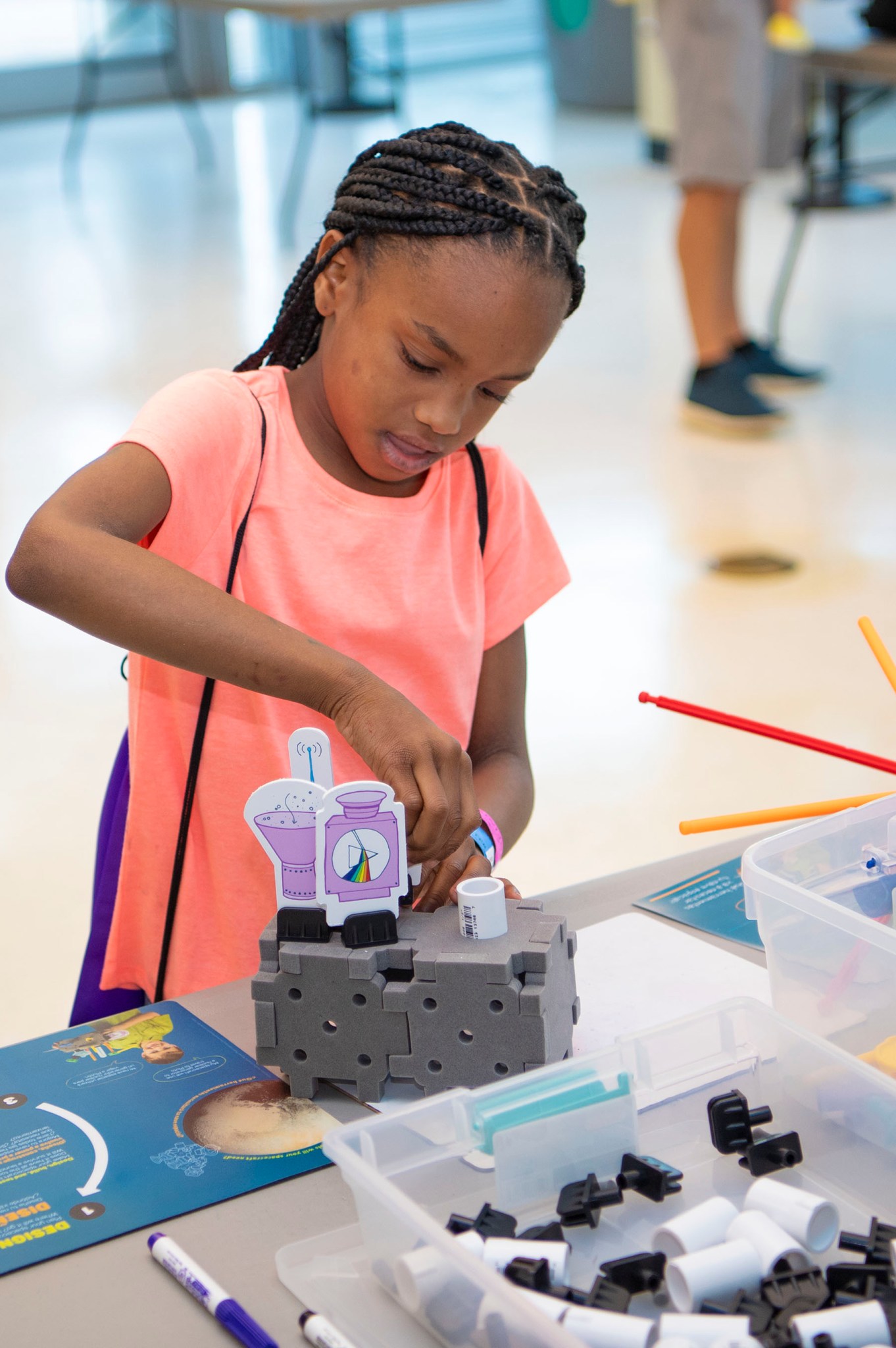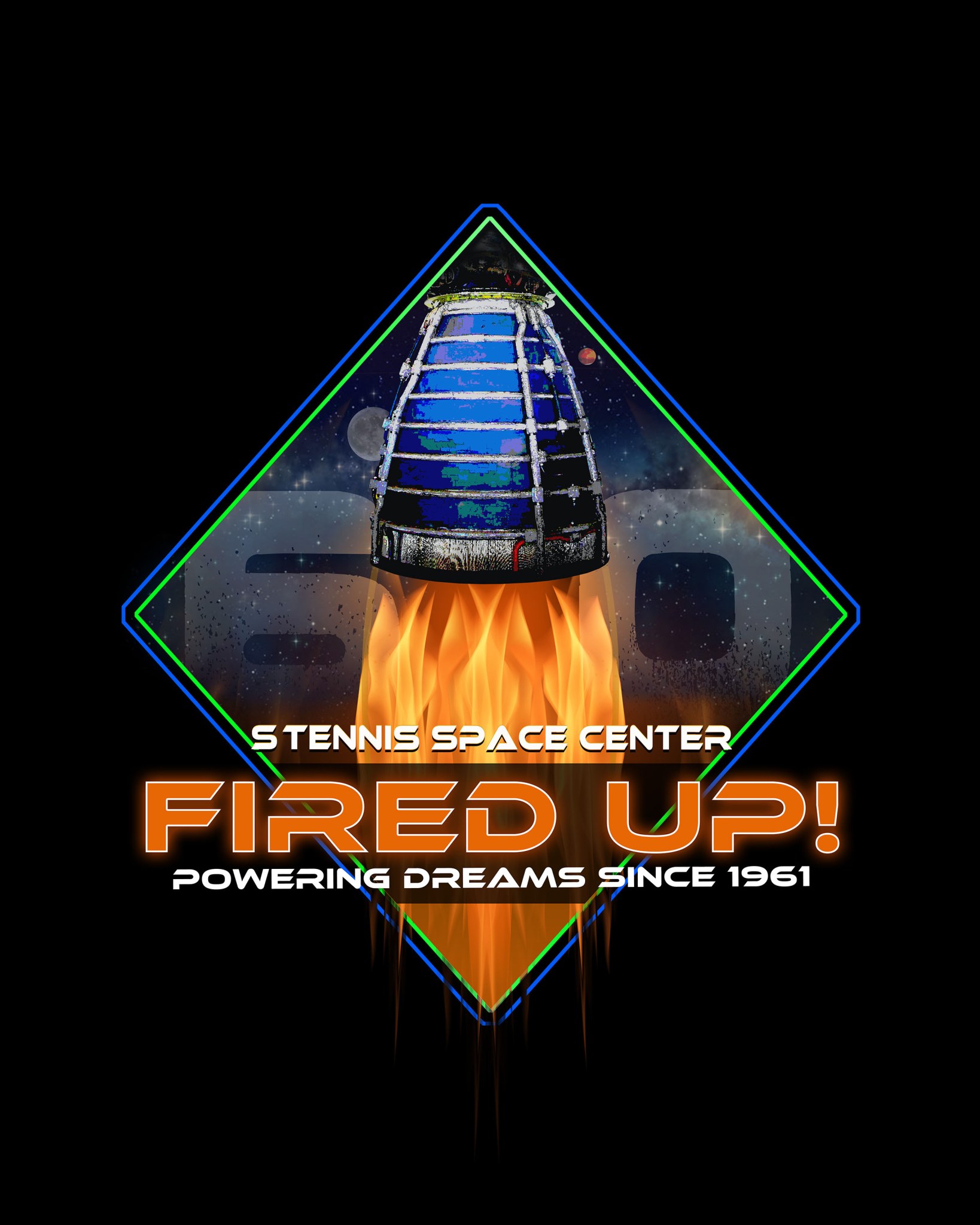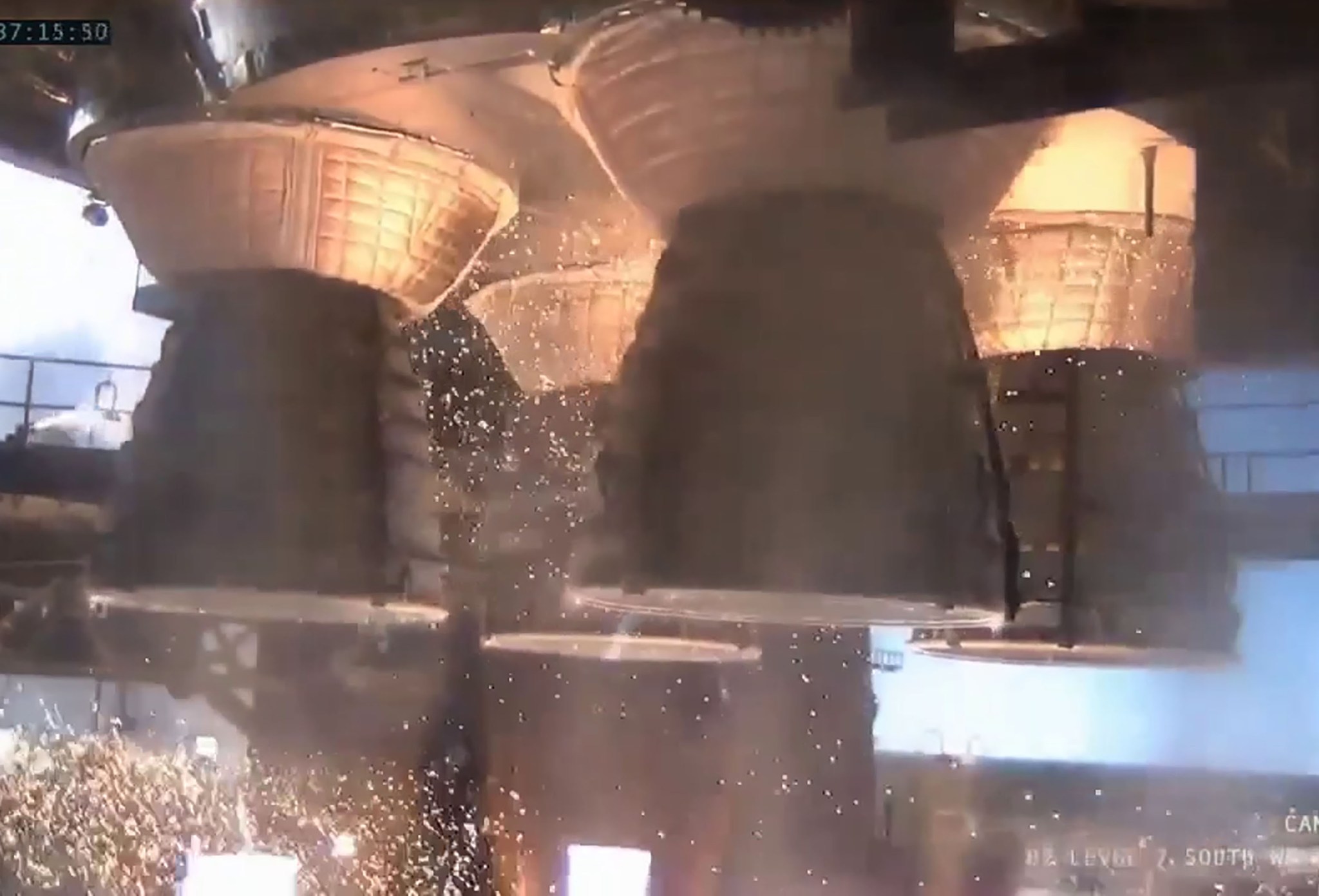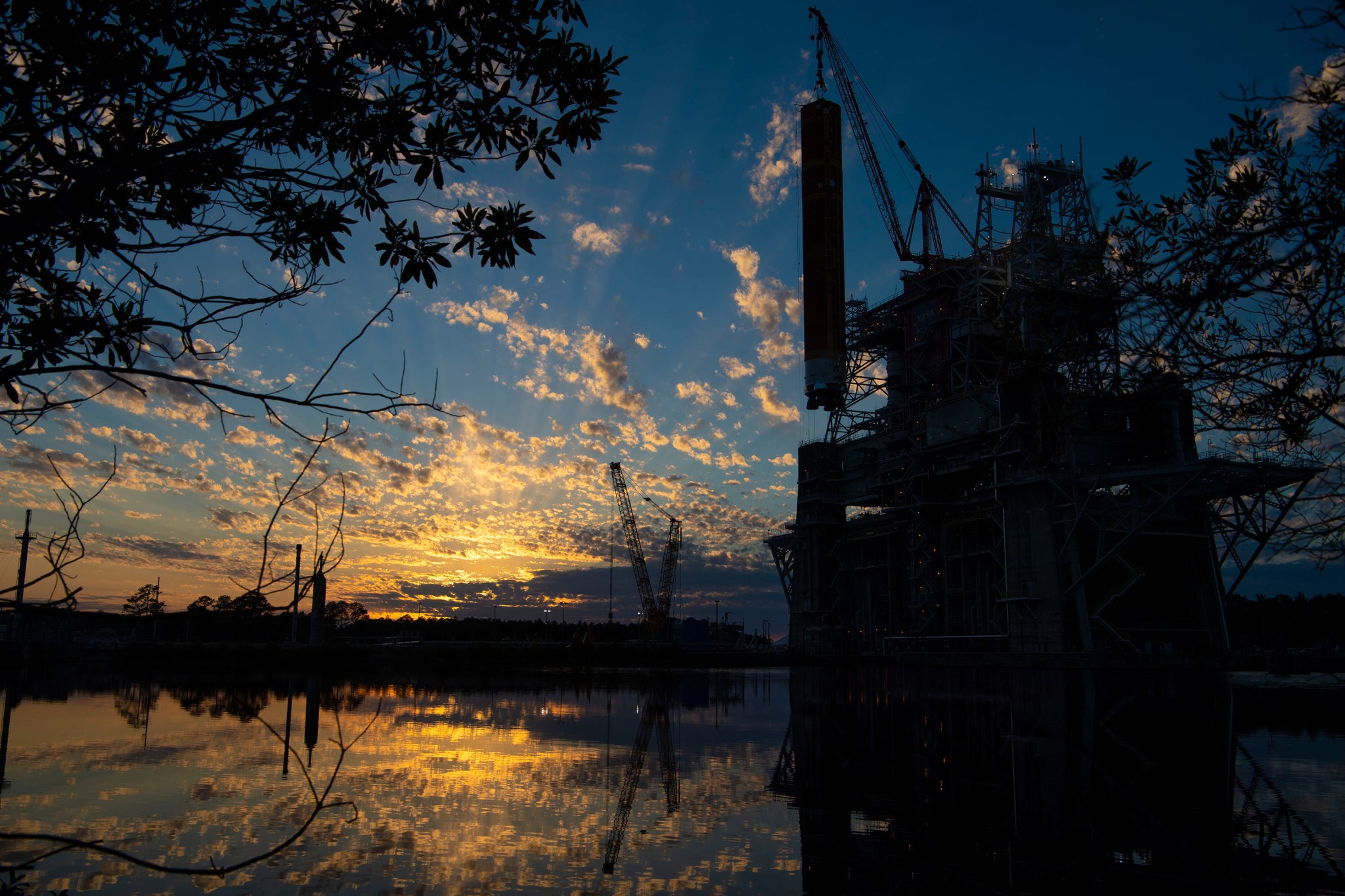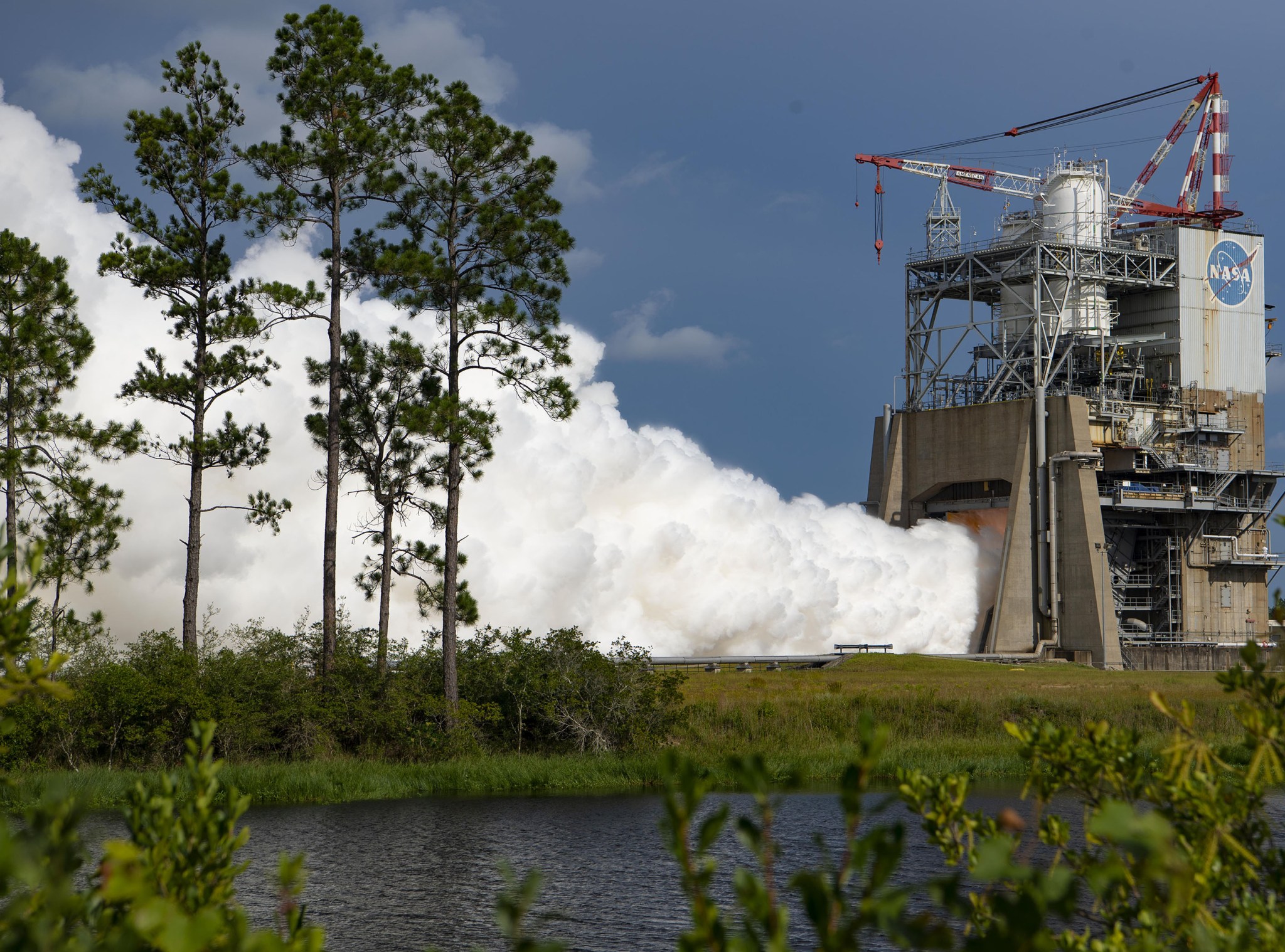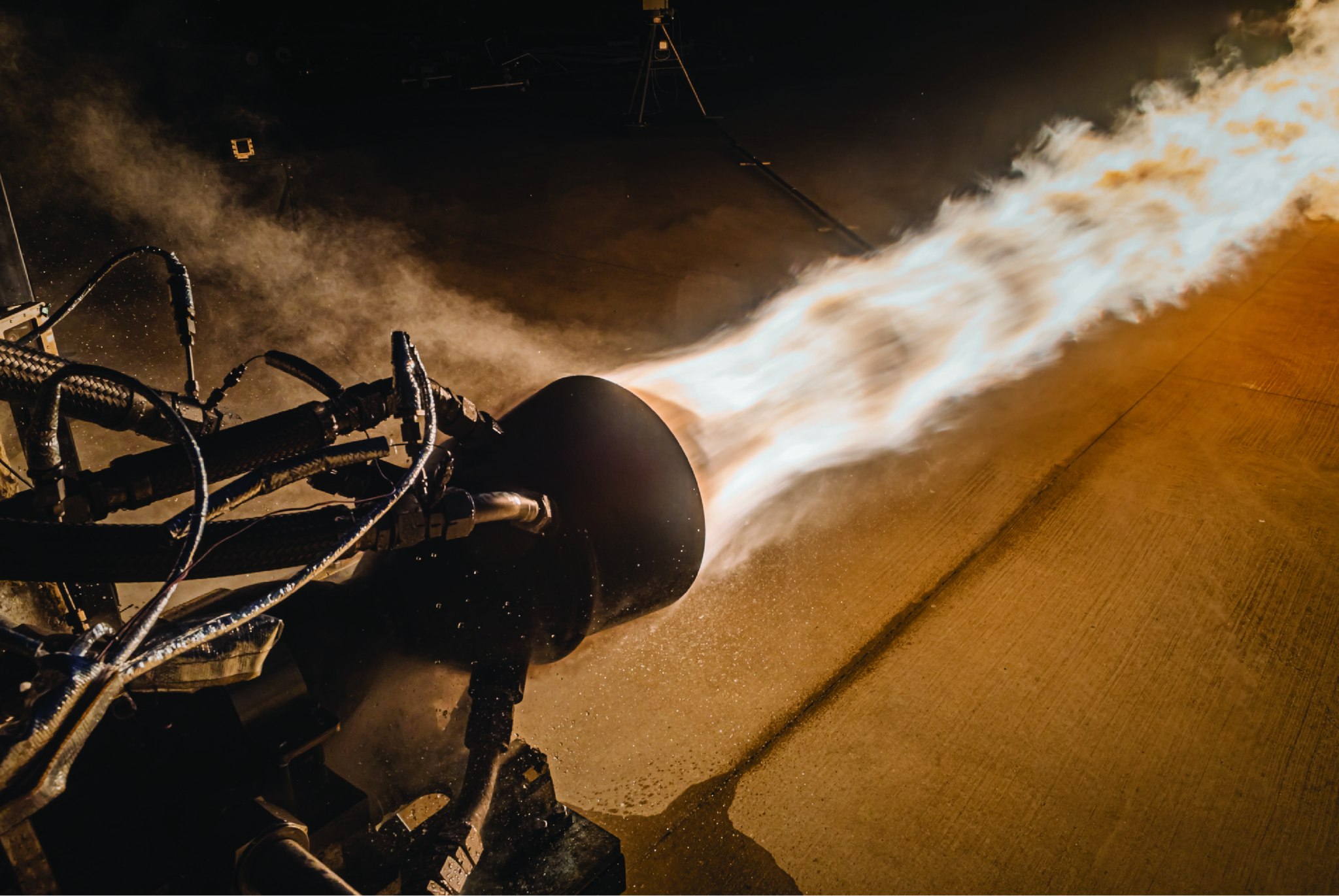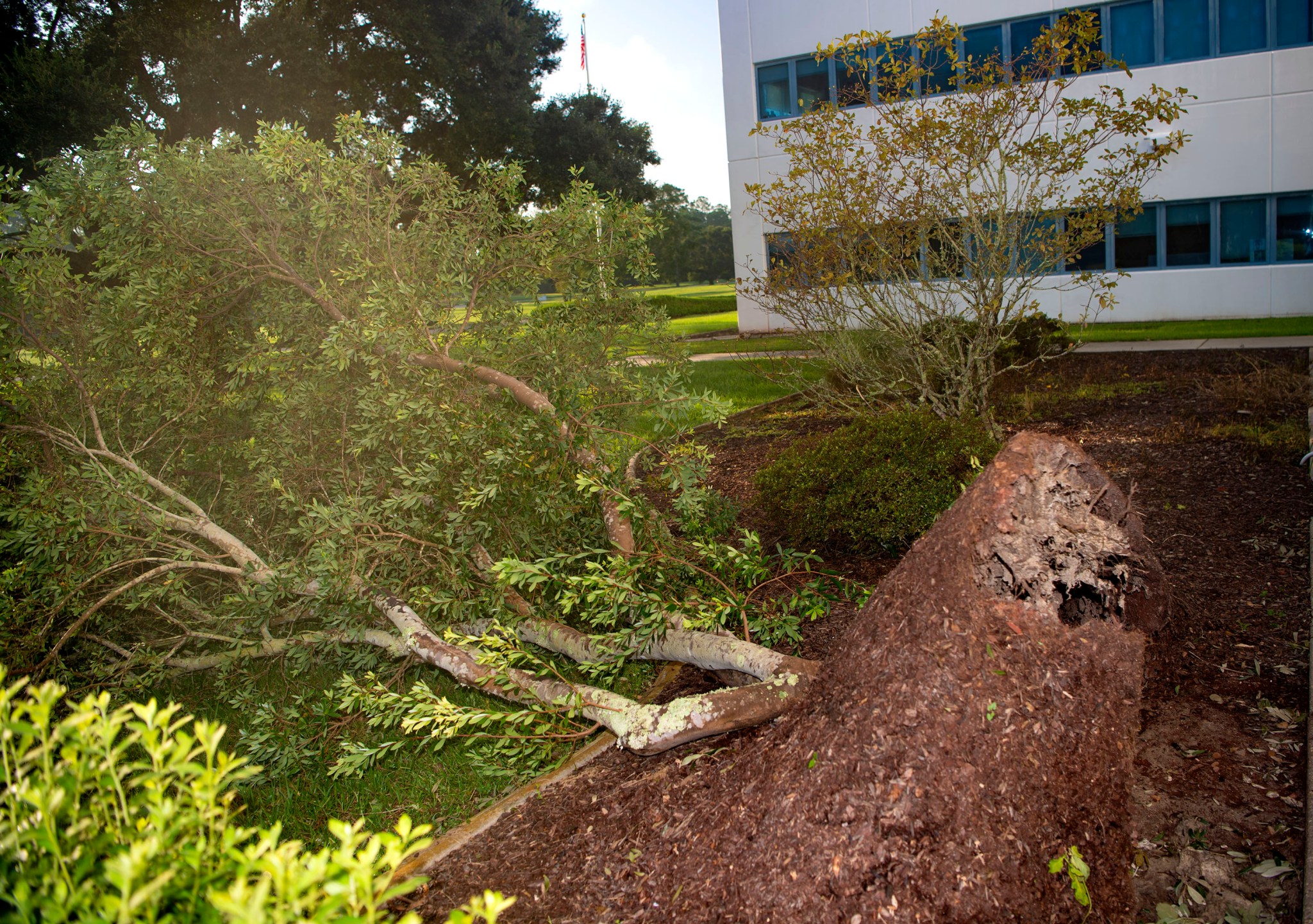Public interest in the word “perseverance” peaked earlier this year with the landing of the Mars rover bearing that name. Due to the interest, Cambridge Dictionary selected “perseverance” as the 2021 word of the year. Joining in the year’s theme, “perseverance” can describe this year’s workforce efforts at Stennis Space Center near Bay St. Louis, Mississippi.
The perseverance of the Stennis workforce during the past year enabled the Space Launch System (SLS) to progress toward its maiden launch, site teams to move forward in propulsion test activities, commercial partners to reach new testing milestones, an autonomous systems team to move ahead in its cutting-edge work, and ASTROCAMP to reach beyond its traditional audiences, all amid the worldwide COVID-19 pandemic.
The work provided a fitting testament for the year as Stennis celebrated the 60th anniversary of NASA’s announcement to build a test site in south Mississippi. In the ensuing decades, the site has grown into the nation’s largest propulsion test site and a model federal city.
Throughout 2021, workforce routines at Stennis continued to involve less traffic at work sites while still maintaining the infrastructure and staff to provide support for ongoing government and commercial projects. In addition, many Stennis employees supported ongoing work from their homes, in a diligent effort to keep projects and programs moving forward. Getting the job done, staying connected, and reaching out virtually required determination and patience, but Stennis persevered.
Stennis spent 2021 at the forefront of public interest. The world watched as NASA’s new SLS rocket prepared for its maiden voyage. The conclusion of the SLS core stage Green Run test series on Stennis’s B-2 Test Stand in March 2021 gave the world a chance to view the power of America’s new deep space rocket.
The SLS is destined to be the backbone of NASA’s Artemis. Prior to its initial launch, the first SLS core stage underwent a series of Green Run tests of its systems, including a final hot fire of the stage’s four RS-25 engines, just as during an actual flight. It was the most powerful test conducted at Stennis in more than 40 years.
The first attempt to conduct the final Green Run test on Jan. 16 experienced an early automatic shutdown. NASA conducted a second full-duration, 500-second hot fire test March 18, to gather additional information to ensure the development of future core stage rockets. The SLS core stage then was transported by barge to Kennedy Space Center to undergo the stacking process and other launch preparations.
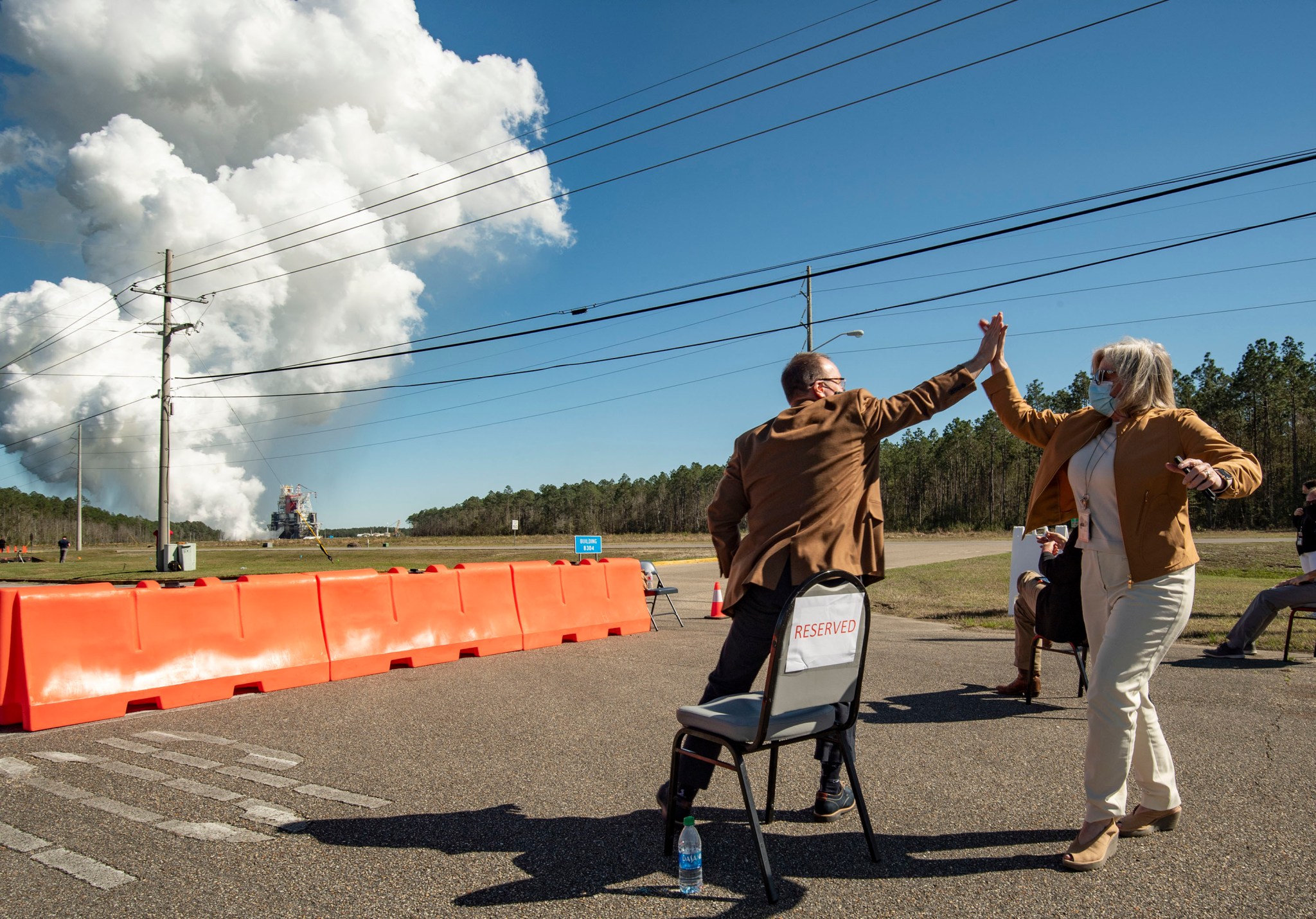
2021 also was a year of testing innovation at Stennis as NASA continued testing RS-25 engines to help power SLS at Stennis. Stennis operators conducted a series of seven hot fire tests in 2021 to collect valuable performance data as Aerojet Rocketdyne works to develop RS-25 engines for future Artemis missions to the Moon and eventual missions to Mars.
The 2021 series particularly focused on testing engine components developed by such innovative processes as 3D printing and hot isostatic pressure bonding, as well as modern electronics. The new manufacturing techniques are designed to reduce the cost and time needed to build new engines.
Elsewhere in the Stennis test complex, operators conducted multiple tests on advanced diffuser designs to test rocket engines at simulated high altitudes, helping to ensure the engines will fire and operate on deep space missions as needed. The experimental testing helped demonstrate the effectiveness of a previously untested diffuser design and a new innovative design developed two years ago by Stennis engineers.
NASA’s government and commercial partners also reached many milestones at Stennis throughout 2021. Launcher, Virgin Orbit, Relativity Space, and Aerojet Rocketdyne made significant strides toward their own space-project goals while utilizing Stennis infrastructure. In addition, other agencies throughout Stennis’s multi-agency federal city continued work toward their own individual goals, supported by the unique interagency cooperation and resources at Stennis.
The Autonomous Systems Laboratory (ASL) team at Stennis continued to make significant contributions in development of critical systems that could be used on future missions to the Moon and, eventually, Mars. The ASL is working to design, test, and deploy technologies that automate critical components of space vehicles. Autonomous systems are a critical need as humans travel to deep space beyond easy and immediate communication with Earth.
In 2021, the Stennis ASL team won one of 10 coveted awards for a two-year project designed to enable new capabilities for deep space human exploration. The aim of the project is to fill high-priority capability gaps, such as the need for new technologies or engineering developments, on deep space missions like Artemis and to introduce new technologies into spaceflight programs involving human exploration.
For its part, the Stennis team will seek to validate its NASA Platform for Autonomous Systems on a satellite mission set to launch next fall. The ASL work is part of the overall efforts of the Stennis Office of Technology Development to promote NASA innovations and technologies that will benefit space exploration as well as everyday human life.
On a separate note, the ASTROCAMP team, seated at Stennis, made the best of the virtual environment throughout 2021. The team reached out to non-traditional audiences, collaborated with partners outside the United States, and continued providing services via virtual sessions amid COVID-19 travel restrictions.
Despite pandemic restrictions, Stennis teams also continued efforts to inspire young people to pursue science, technology, engineering, and mathematics (STEM) studies and careers, to engage the public in support of ongoing NASA missions and work, and to focus on, and promote, diversity and equal opportunity.
The center also launched a new Strategic Business Development Office in 2021 to promote the center’s federal city model, which now numbers some 40 resident agencies, and attract new companies on site. A key selling point for such work is the commitment of the Stennis workforce. Stennis employees report high levels of work engagement.
In the annual Federal Employee Viewpoint Survey, the site recorded an employee engagement rate of 86.8%, compared to a 72.4% rate across the government. Employees also reported high levels of satisfaction with their work experience, which reflects their views about their job, work units, and pay, as well as if they would recommend their organization as a good place to work.
Indicative of their high levels of work engagement and satisfaction, 95% or more of Stennis employees report the people they work with cooperate to get the job done, employees are protected from health and safety hazards on the job, supervisors support the need to balance work and other life issues, supervisors support employee development, and supervisors treat employee with respect.
The accomplishments of Stennis in 2021, in the midst of an ongoing COVID-19 pandemic and the impact of a Category 4 hurricane, bear testament to the ongoing commitment of the workforce, which looks forward to a future of commercial partnerships, government cooperation, and technological development that helps make space travel more available.
Looking back on the past year, one easily could view NASA’s naming of its Perseverance rover as downright inspired.
For information about NASA Stennis Space Center, visit:
C. Lacy Thompson
Stennis Space Center, Bay St. Louis, Miss.
228-363-5499
calvin.l.thompson@nasa.gov

























